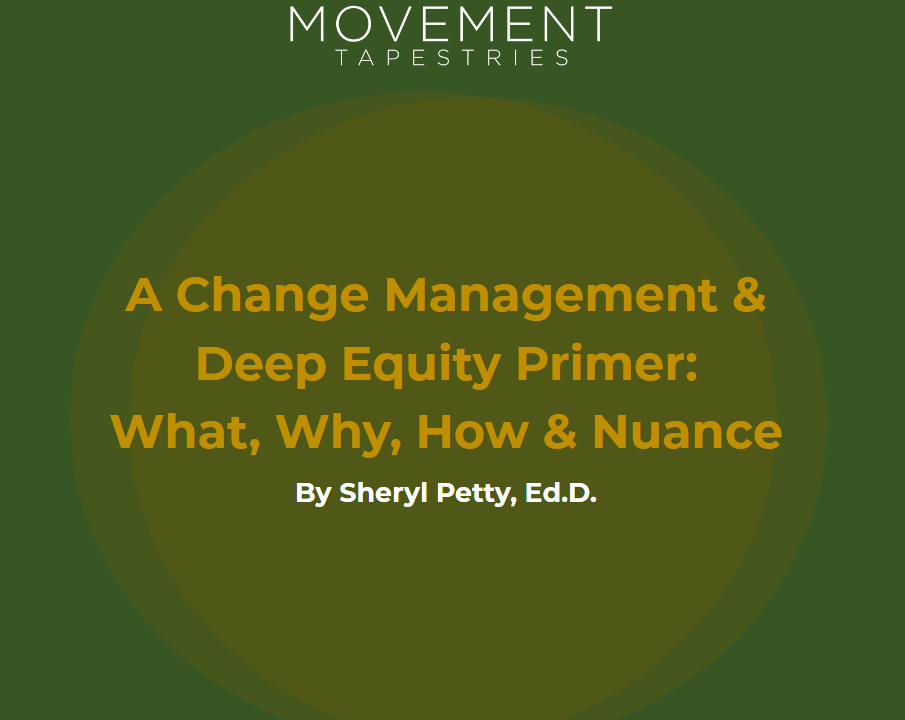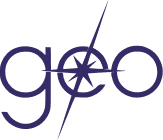
A Change Management & Deep Equity Primer: The What, Why, How & Nuance
This publication from Movement Tapestries offers insights and guidance for organizations navigating equity-embedded transformations, and the challenges that can come with embarking on such journeys.
- Publication
